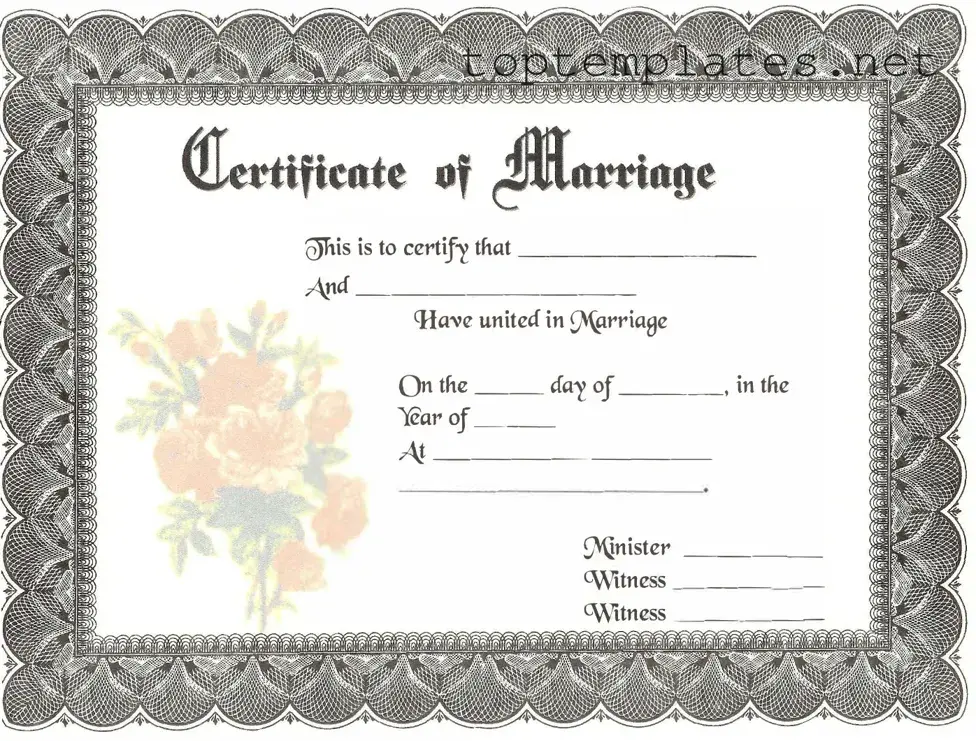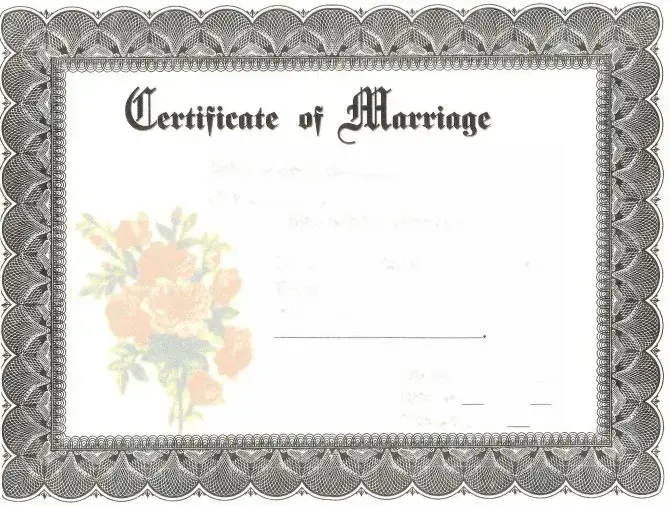What is a Marriage Certificate and why is it important?
A Marriage Certificate is a legal document that serves as an official record of a marriage. It is crucial because it not only confirms the legal union between two individuals but also plays a vital role in various legal and administrative processes. This can include changing your name, adding a spouse to insurance plans, and establishing legal rights to pensions, inheritances, and property.
How do I apply for a Marriage Certificate?
Applying for a Marriage Certificate typically involves submitting a completed application form to the relevant authority in your jurisdiction - this could be a county clerk, health department, or vital records office. The process usually requires providing proof of the marriage, such as the marriage license, along with identification documents and a fee. It's important to check the specific requirements of your local jurisdiction as they can vary significantly.
Is there a difference between a Marriage License and a Marriage Certificate?
Yes, there's a significant difference. A Marriage License is a document that a couple obtains prior to their wedding, granting them legal permission to marry. A Marriage Certificate, on the other hand, is issued after the marriage ceremony, recording the event and serving as proof of the marriage.
How long does it take to receive a Marriage Certificate after applying?
The processing time for a Marriage Certificate can vary greatly depending on the issuing authority and region. Generally, it can take anywhere from a few weeks to a few months. Some jurisdictions offer expedited services for an additional fee, so if you need your Marriage Certificate sooner, it's worth inquiring about faster processing options.
Can I apply for a Marriage Certificate online?
Many jurisdictions now offer the convenience of applying for a Marriage Certificate online. This can simplify the process, allowing you to submit necessary documentation and fees through a secure website. However, not all areas provide this service, so it's important to verify what's available in your specific location.
What should I do if my Marriage Certificate is lost or damaged?
If your Marriage Certificate is lost or damaged, you should contact the issuing authority to apply for a replacement. You will likely need to provide some form of identification and possibly information about your marriage, such as the date and place where it occurred, along with payment for a replacement fee. Having a replacement issued ensures that you maintain access to a vital record for any legal or administrative needs that may arise.

